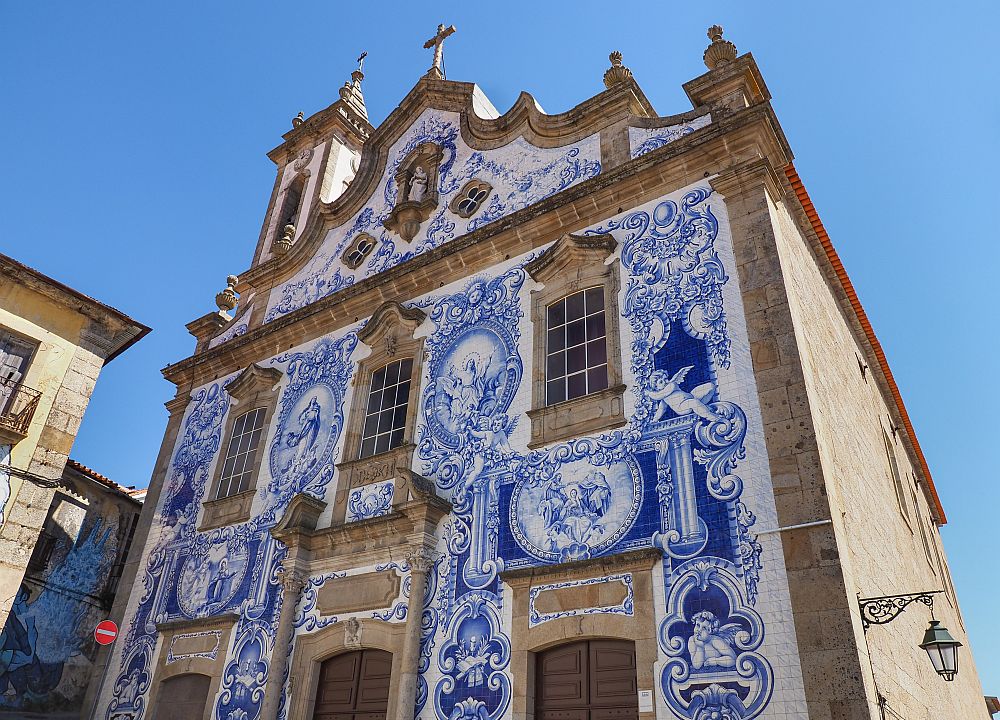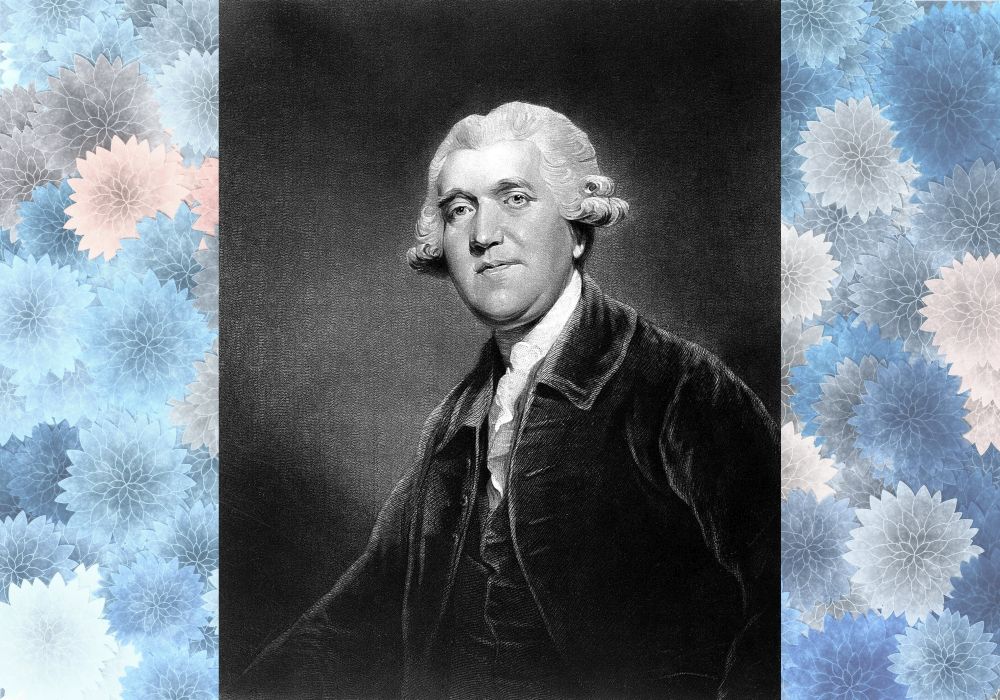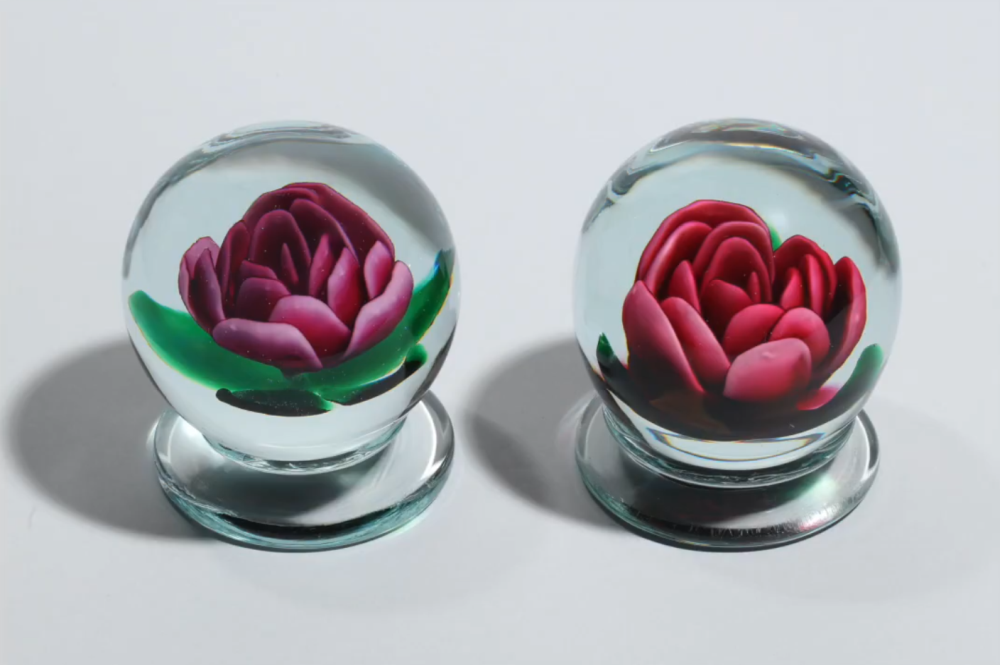
[Image above] Researchers led by Kobe University investigated how potters from different cultural backgrounds formed basic shapes. (Left) Hindu Indian potters use high-inertia flywheels driven by sticks to shape their products, (center) Muslim Indian potters use low-inertia kick wheels, and (right) French potters use electrical wheels. Credit: Kobe University, YouTube
In today’s world of fiber optics and high-speed transport networks, sharing information and products across long distances is easily done. But even centuries before these modern supply chains existed, global exchange of tools and techniques took place, as evidenced by analyses of ancient ceramic vessels and glass artifacts that found similarities in shape, decoration, and fabrication techniques among samples located great distances from each other.
On the other hand, sometimes these analyses revealed significant differences between samples that shared the same core concept, such as these studies here and here on wheel throwing in the eastern Mediterranean during the Bronze Age. These findings demonstrate the inherent individuality that takes place in art even within societies or cultures that are largely bound by standard production practices.
Archeologists have defined two major mechanisms to explain the similarities and differences in community-specific styles:
- Selective transmission of information. This mechanism is modeled after the theory of biological evolution, in which small errors are introduced unintentionally when existing patterns are copied. Over time, these errors will accumulate and result in a new, distinct pattern within the given community.
- Culture-specific biased transformation. This mechanism involves making purposeful changes to an existing pattern based on an individual’s biases. When these biases are shared in a population, community-specific variations of artifacts can persist.
These two mechanisms are not mutually exclusive and may both contribute to the nonrandom divergence from standard patterns that result in community-specific morphological features.
To better understand how these mechanisms and other factors interact to result in community-specific variations, researchers from Japan, the United Kingdom, Australia and France designed a cross-cultural experiment that tasked 21 professional potters from three different cultural backgrounds (French, Hindu Indians, and Muslim Indians) with reproducing unfamiliar model shapes.
The potters, who each had more than 10 years of experience, were instructed to use pottery wheels and two different quantities of clay (0.75 and 2.25 kg) to make four different shapes: cylinder, bowl, sphere, and vase. No dimensions for the shapes were provided; the potters were only told to reproduce the shapes and throw vessels with the thinnest walls possible. Each potter used the pottery wheel most familiar to them: Hindu potters used high-inertia flywheels driven by sticks, Muslim potters used low-inertia kick wheels, and French potters used electrical wheels.
The shaping process was captured with video cameras, and both the final shape as well as the vessel’s shaping process were mathematically analyzed in several ways. Changes occurring during the initial preformed stage up to the final form were examined.
For each shape produced, both the forming process and final product showed variations, confirming that each individual potter had their own unique wheel-throwing method. However, potters from different communities produced vessels with more shape variations than within communities. Differences between communities include
- Hindu Indian potters made elongated barrel-like shapes during forming, and these intermediate shapes were taller than the final products. The final shape was shorter and wider with a sharp curve at the height where the diameter is largest.
- Muslim Indian potters produced a more gradual elongation, and the intermediate shapes were not much taller than the final products. This group produced the vessels the fastest and had thicker walls compared to the other groups.
- French potters initially prepared disk-like, flat preforms, and the final vessels tended to have wider bottoms compared with those produced by the other two groups.
Despite the same quantity of clay being used to produce the shapes, the final products also varied in dimension across potters in the different communities.
Analysis also showed that
- Each potter had his own preferred preformed shape, which eventually evolved into different final shapes. The range of individual variation was largest at the initial stage.
- Significant degrees of individual difference were present within each community, where individual potters followed different forming processes to reach the final shape, which was more consistent between the individuals.
- Differences between individual potters within one community were smaller than the differences between communities, making it possible to identify a product’s community of origin.
- The final product could also be identified as to which individual potter made it.
The researchers conclude by noting that this study “adds to the growing realization that we should explore theories that assign greater complexity to individual humans, as this is necessary for providing thorough explanations of skill learning and craftsmanship.”
In a press release, Kobe University ecological psychologist and lead author Tetsushi Nonaka adds, “The results of this study may lead to a new interpretation of the dynamics of pottery form variation caused, for example, by the arrival of new types of pottery. In addition, by using this method, it may be possible to identify community-specific patterns for archaeological artifact assemblages of unknown authorship.”
The open-access paper, published in PNAS Nexus, is “Cultural attraction in pottery practice: Group-specific shape transformations by potters from three communities” (DOI: 10.1093/pnasnexus/pgae055).
Author
Laurel Sheppard
CTT Categories
- Art & Archaeology


